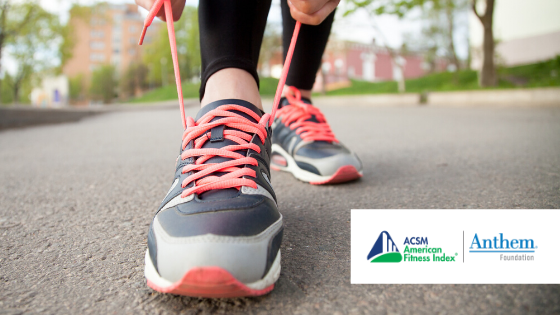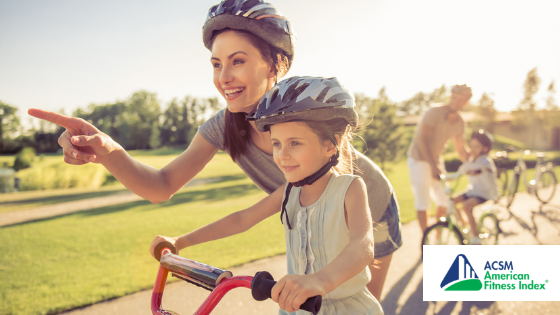My name is Olivia Affuso and I am a streak runner. I have run at least one mile every day for the last 600 consecutive days. This may seem like a lot, but there are people like Jon Sutherland who has been running every day for more than 50 years! Now, that, is a lot of running. Of course, this is more than enough, but the science is clear: We humans need regular physical activity to stay mentally and physically well.
Getting started can be tough as people move from ‘just thinking about it’ to actually engaging in physical activities like brisk walking, running or strength training. Research suggests that it takes about 66 days to establish a habit, and additional strategies may be needed to recover from any unexpected breaks due to injury and other things. Keeping it going long-term can be a challenge. Let’s just say, life happens.
2020 has thrown us all a serious curveball with the ongoing COVID-19 pandemic. Many of us have had to change our routines—including those routines for our exercise goals or resolutions that often wane within the first months of the year.
But, how about during the pandemic? My observation, at least via social media, is that more people are engaging in exercise to deal with the stress of the ‘stay-at-home’ measures than before the crisis. I have noticed more live streaming of dance fitness, yoga, body weight strength classes and more. The online running groups I belong to are very active with individuals posting about their progress on one or more virtual races such as the Great Virtual Race Across Tennessee – 1000K, which requires running five miles per day to complete it by the August 31st, 2020 deadline. There are over 18,000 registered participants from around the world. Of course, the number of participants is not evidence that previously sedentary people are getting more active. Hopefully, we will have some data about how COVID-19 is impacting people’s physical activity from a new ongoing study by researchers at Ohio University.
Has the pandemic affected my exercise routine? Absolutely! Initially, I experienced a steep drop in the duration and intensity of my running (from 35 miles to 15 miles/week) due to an increase in caregiving responsibilities as well as transitioning my in-person public health course of 56 students to an online format. However, I did not break my streak. I couldn’t break my streak. There is no way the 300 plus ladies in my online support and accountability group would let me quit without good reason. As a matter of fact, we currently have a 150-day one intentional mile challenge going until the end of May. Many of the women are on track to complete this challenge and several have shared their plans to keep their habit of intentional daily movement going for at least 365 days. Take Lisa for instance. She is a corporate executive who struggled with being consistent with her exercise until she started her first 50-day challenge. Not only is Lisa now meeting the national physical activity guidelines of at least 150 minutes of moderate to vigorous activity, she is walking a 5K every day and six miles virtually on Sundays with friends. She says she has never felt better and has no plans to break her walking streak.
Could this pandemic be your catalyst to start your own movement ‘streak’? Yes! You can do it. Here are my suggestions for getting started:
1) Choose an activity you like to do
2) Set a minimum time or distance for each day
3) Pick a start date
4) Find support
5) Be flexible
6) Have fun!
Of course, check with your physician before starting any exercise routine.
Author: Olivia Affuso, Ph.D., FACSM, is a faculty member at the University of Alabama and a member of the American College of Sports Medicine Board of Trustees.










